
Review on Waveshare Digital LTR390-UV Ultraviolet Sensor (C) Ultraviolet Ray Sensing Ambient Light Intensity Measuring Direct UV Index Value Output I2C Bus by Nathan Barraclough

Very good! A cheap UV detector that measures UVA/B and even UVC! Check if your UV lamp is real!
I really like this detector! Calibrated A/B and C UV detectors typically cost $150 to $300. Of course they give you an accurate reading of power per square centimeter, which isn't what you'd expect from this sensor, but it does give you a relative measure of intensity. The detector generates an analog signal that can be read with a microcontroller or voltmeter. I've attached some pictures showing voltage readings at a distance of about 11-12 cm from various bulbs. If you are interested in relative readings, this detector will get the job done! It is particularly helpful to check that your UV lamp is actually emitting. UV radiation. The market is flooded with counterfeit UV LEDs that are being sold as UV germicidal lamps. All UV LEDs have a brass/metal base/chip with a quartz glass window (only quartz transmits UV light, and plastic bases are destroyed by UV light). LEDs with white plastic bases/chips that emit blue light are so-called "ice blue" LEDs and they can emit a small amount of UV-A near 400nm. With this detector you can check whether your lamps really emit UV-C and UV-B. /A to 370nm. This detector should detect the bandwidth from 200nm to 370nm and UVC will not penetrate plastic or regular glass. So when you get a reading, your lamp is emitting either UV-A/B or UV-C or both. If you put regular glass between the detector and the light source and still get a reading, your lamp will emit UV A or B but not UV-C! -/Hg vapor), UV wand (Hg vapor) and a black light UV flashlight that I bought from Revain. Reading at a distance of about 10-12 cm for a fake UV lamp is zero when the lamp is on. out. The same reading (0V) with the lamp on confirms that this LED does not emit UV light down to a detection limit of 370nm. Two other 25W UVC mercury lamps show clear readings without glass (>=0.5V) and no readings with glass (0V). A small LED black light (UVA) flashlight reads 0.12 volts through the glass. A small tube for mercury vapor UVC at a distance of about 1-2 cm (0.17 V) is significantly less efficient. So the detector works great and allowed me to determine which lamp is emitting UVC, UVA/B, no UV (<=370nm) (fake UVC) and even telling me the relative intensity of the lamps. With a calibrated light source, this detector could probably be calibrated to give mW/cm² readings. Of course you can also do the "banana test”. but it's much longer and less accurate ;-) The signal from the detector is analog and you can also connect it to a microcontroller with analog input like Arduino or computer (like Raspberry Pi). (Pictures are small because they were taken remotely with a Raspberry Pi camera) 5 stars! Disclaimer: Be safe if you need to repeat these experiments! Control the light remotely and wear appropriate personal protective equipment!
- Handy item
- So far so good
New products
Comments (0)
Top products in 🖥️. Single Board Computers
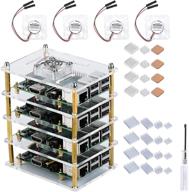
GeeekPi Raspberry Pi Cluster Case with Cooling Fan and Heatsink for Pi 4 Model B, 3 Model B+ & 3/2 Model B

11 Review
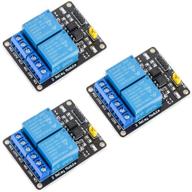
🌐 MCIGICM 2 Channel DC 5V Relay Module: Optocoupler Low Level Trigger Expansion Board for Arduino UNO R3, DSP, ARM, PIC, AVR, STM32, Raspberry Pi

11 Review
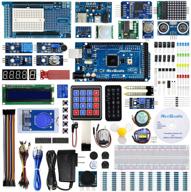
REXQualis Comprehensive Starter Kit with Arduino MEGA 2560 & Detailed Tutorial for Arduino IDE Compatibility

11 Review

LAFVIN Super Starter Kit for Arduino R3 Mega2560 Mega328 Nano with Detailed Tutorial - Compatible with Arduino IDE

11 Review
Another interesting products

MacBook Retina 13-inch (A1425, A1502) and 🔩 15-inch (A1398) Bottom Case Screw Set with Pentalobe Screwdriver

11 Review
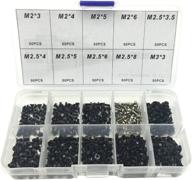
Comprehensive 500pcs Laptop Screw Kit Set for 🔩 IBM HP Dell Lenovo Samsung Sony Toshiba Gateway Acer

12 Review
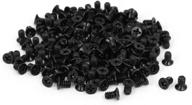
uxcell 3.5" HDD Screw Black 200pcs for Computer PC Case - Flat Phillips Head - 6#-32 - Hard Drive Fasteners

10 Review
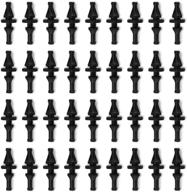
36-Pack Black Rubber PC CPU/Case Fan Screws/Rivets Set for Computer

11 Review

